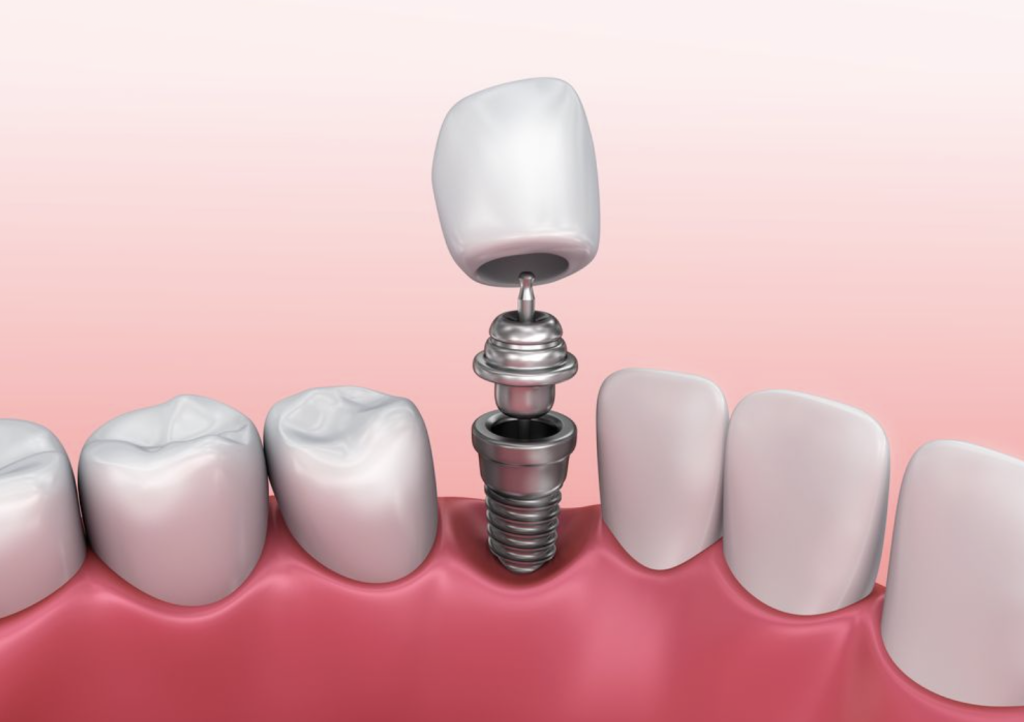Throughout history, societies have prized a whole set of teeth for practical and aesthetic reasons. The value put on teeth prompted the development of different tooth replacement options, which finally led to dental implants. Dental implants have been around for millennia, which may surprise you. The first dental implants, in fact, date back to A.D. 600.
They have, however, progressed with time. If you are considering getting a dental implant today, you should be grateful since you will have a painless procedure. However, most initial methods were harsh, unpleasant, and occasionally deadly. For more information about dental implants, head over to https://www.bionicsmile.com/ right away.
Dental implants in antiquity
Implants date back to 4,000 years ago, when bamboo pegs were fashioned and used to replace lost teeth in China. These were attached to the jaw bone. The Egyptians began cutting costly metals and securing them onto the jawbone some 2,000 years later. The first reported incidence of a metal implant was discovered in an Egyptian ruler in about 1,000 B.C. Archaeologists have also discovered skulls with fake and transplanted teeth of elephant ivory or precious stones such as jade.
Dr. Wilson Popenoe and Dorothy Popenoe, his wife, discovered the skull of a young woman in Honduras in 1931. Her lower jaw was missing three teeth, which had been filled with shells. The shells were fashioned to resemble the structure of the teeth. Because bone development and calculus were present, these teeth were designed for utility more than beauty.
Thanks to technological advances, dental implants are now the go-to remedy for missing teeth.
How has the design of dental implants changed?
Before the invention of contemporary titanium implants, the biggest issue with dental implants was the body’s rejection of foreign material. Researchers in the 18th century employed a mixture of gold and metal to construct dental implants. Unfortunately, these studies were a colossal failure, but they did pave the way for more productive studies in the following years.
Dental practitioners throughout the 1800s experimented with various materials, including silver and porcelain. One physician utilized a porcelain implant with a platinum disc. These attempts, however, were futile since the bone rejected all of the elements utilized. A successful implant requires the process of permanently fusing an implant into the jawbone, known as osseointegration.
Throughout the 1900s, several doctors experimented with various materials, but none achieved long-term success. Dr. E.J. Greenfield attempted to utilize 24-karat gold as an implant in 1913. After seeing the material used in hip bone implants, two brothers, Drs. Alvin and Moses Strock attempted to employ Vitallium fixtures. These fixings were more durable, and the brothers were regarded as the first to successfully install an implant into the jawbone.

